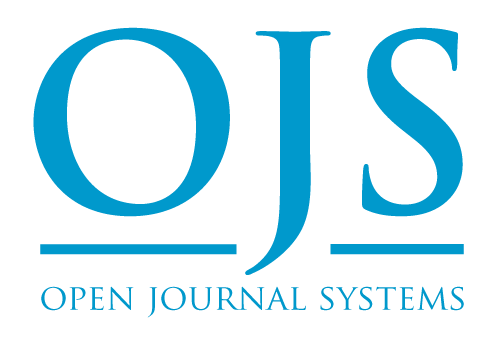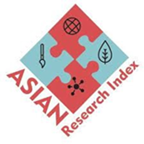The Origin and Development of the Arabic and Pashto Languages through History
DOI:
https://doi.org/10.5281/Keywords:
Development, Arabic, Pashto, Languages, HistoryAbstract
The Arabic and Pashto languages are among the most prominent living languages whose histories span many centuries of cultural and civilizational development and influence. Arabic, the language in which the Holy Qur’an was revealed, is distinguished by its deep roots in the Arabian Peninsula and by its precise phonetic and morphological system. The revelation of the Qur’an marked a turning point that made Arabic a universal language of science, religion, and literature. With the spread of Islam, the scope of Arabic expanded widely across Asia and Africa, granting it remarkable adaptability and richness in vocabulary and style. Pashto, on the other hand, is one of the ancient Indo-Iranian languages whose roots go back to the Aryan languages. It developed in the regions of Afghanistan and South Asia, becoming a symbol of the cultural identity of the Pashtun people. Pashto has undergone successive stages of growth and was influenced by neighboring languages such as Persian, Arabic, and Urdu, which enriched its lexicon and structures. A comparison between the two languages shows that each has followed its own path of historical development, yet both have preserved their distinctive features and their ability to express refined human thought. Together, they have contributed significantly to the literary and intellectual heritage of the Arab and Islamic worlds.
Downloads
Published
Issue
Section
License
Copyright (c) 2025 AL-HAYAT Research Journal (AHRJ)

This work is licensed under a Creative Commons Attribution 4.0 International License.












